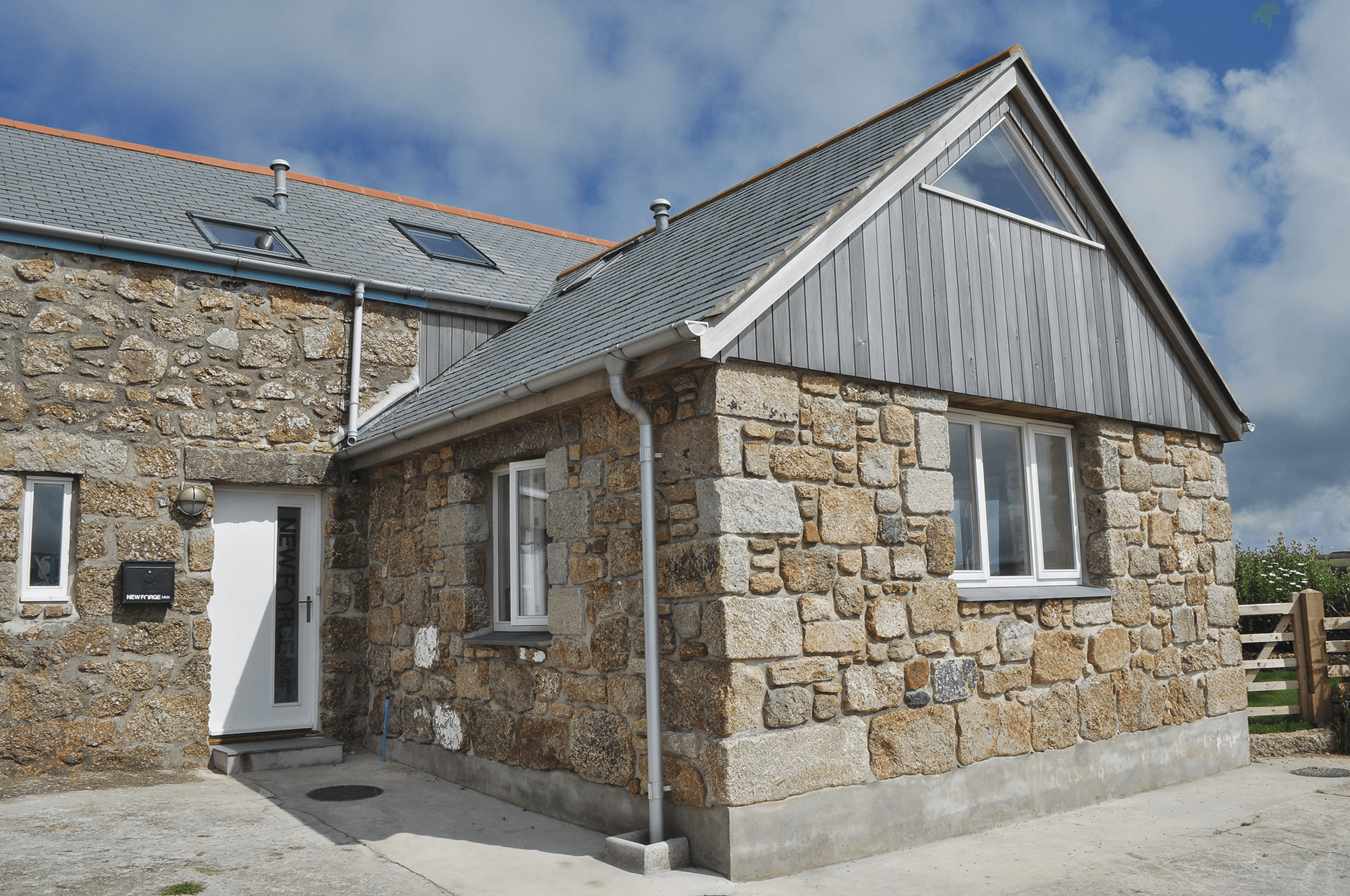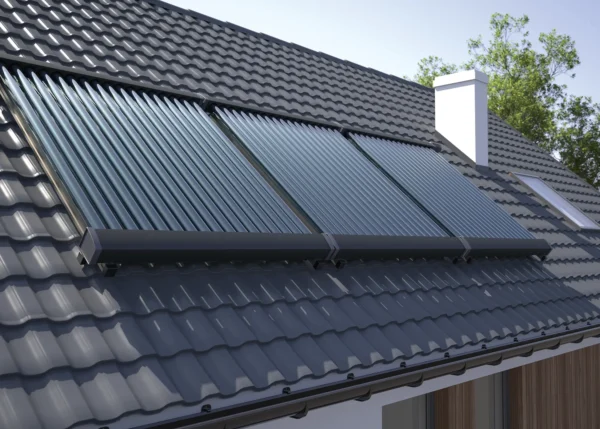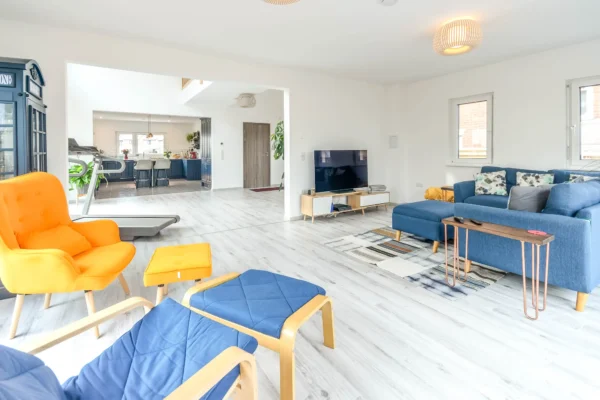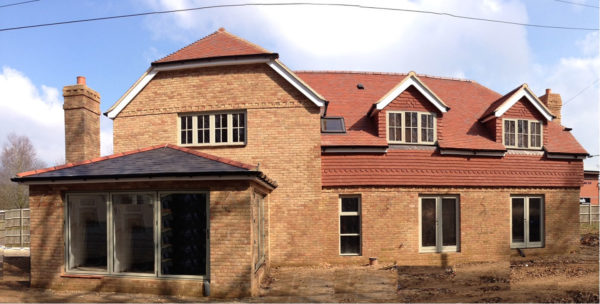Finding cost effective materials
There’s no doubt that natural and authentic materials are high on the wish list of renovators and self-builders, but the ‘real thing’ isn’t always the best thing and there’s a host of fabulous fakes and clever new kids on the block that give the original products a run for their money.
Whether your choice is down to practicality, green credentials or price, there’s probably a building material or product that’s perfect for your project, from clever fakes to hi-tech alternatives. And in these credit-crunched times there’s plenty of opportunity to bag a bargain that looks every bit as good as the genuine article.
Many of these products, slate and stone for example, are cheaper than the artisan-created or natural originals and have practical or technological advantages over the originals, too. Another advantage for self-builders and renovators is that many of them require less skill to install than their counterparts.
One of the main obstacles in specifying materials is the sheer number of products on offer – it goes way beyond just choosing between wood or PVC-U windows. Here’s a taster of some of the alternative products you can use on your new build or renovation.
Affordable alternatives
One of the strongest arguments for using alternative materials and systems is the chance to save, which often comes down to the materials and processes used to make them. When specifying the materials for your home, it pays to do some research. For example, while it is obvious that a standard concrete roof tile will be cheaper than a handmade clay tile, between these two extremes there are a host of good-value products, each with different characteristics.
New-generation tiles offer the aesthetics of the original article, but with distinct technological advantages. Typical of this is Rivius, an imitation roofing slate from Sandtoft. This clay tile has been moulded and coloured to look like real slate, complete with a riven surface and dressed edges, and as it is made from clay, it weathers naturally, too. As well as being cheaper than the real thing, the fact that it’s an interlocking tile means it’s also faster to lay, gives good coverage and that it can cope with low pitches.
Another alternative to traditional materials are plastic guttering and soil stack systems that imitate vintage cast iron. They’re cheaper than the real thing, don’t rust or require painting and are easier and safer to install when working at heights, as they’re a fraction of the weight of cast-iron. Take a look at Brett Martin’s range. For listed or period buildings, you may need to discuss the options with the planners or your local conservation officers, as the rules differ area by area.
Stone composites – which look so much more like the real thing than products of even 10 years ago – also offer significant savings on the real thing, whether it’s for paving, lintels or even architectural details. Companies such as Bradstone, Marshalls and Haddonstone have a vast range of products.
But it is in the world of interiors where some of the best savings are to be made, with everything from doors to tiles having more cost-effective alternatives. For example, there is a huge variety of flooring to choose from if your budget won’t stretch to real solid wood floors: engineered wood, which makes use of thick veneers of quality wood on cheaper base wood; wood laminates; and vinyl tiles printed and textured to mimic wood.
There are also plenty of renewable alternatives, such as quick-growing bamboo or solid palm wood, although some of these alternatives can have a higher price tag than regular wood flooring, so again, do your research well and make sure you’re buying for the right reasons, not just to save money.
Searching the internet can result in cost savings on a range of materials that you may not even see in your local builders merchant, so time spent surfing the web for deals will be time well spent.
Practical ideas
Sometimes, it just makes sense to use a product for purely practical reasons, quite apart from the cost savings. The most obvious example is in hard-to-reach areas that require regular maintenance. A prime example would be the wooden components of roofing, which require varnishing or painting every few years. From bargeboards and soffits to more decorative roof finishings such as dentils and finials, there’s a wide range of maintenance-free products to choose from, especially as from ground level it is often hard to tell the difference. Try Swish, Freefoam or your local builders merchant for an idea of what’s on offer.
Many companies offer external weatherboard/cladding that recreates the look of traditional wood cladding, but with the advantage of being maintenance-free. Fibre cement versions look better than uPVC, and come finished in a range of colours, such as Marley Eternit’s Cedral Weatherboard. Try Vivalda for similar products.
Other areas where sheer practicality wins the day include push-fit plumbing, which requires less skill and equipment to install than conventional copper plumbing. These fittings have significant advantages for self-builders as they enable you to undertake a fair amount of the work yourself – although you will still need to know what you’re doing. Try Speedfit for an idea of the range that’s out there.
Clever options
Alternative systems and products are becoming increasingly sophisticated. For example, kitchen work surfaces have come on in leaps and bounds in the past few years. There’s now a wide range of laminates and composites that give the stone look, and even acrylic finishes that encapsulate crushed glass. Or why not consider a clever revamp from Granite Transformations? Their products can overlay an engineered surface of crushed granite, quartz or glass on top of an existing worktop.
Intelligent building systems and techniques also offer many advantages over conventional techniques. This runs from whole build systems, such as insulated concrete formwork, hempcrete and structural insulated panels (SIP), to innovative structural components like glulam beams and I-joists – or even systems that combine the two, such as Kingspan TEK.
Many of these structurally engineered technologies use readily available raw materials, such as softwood and wood waste in the case of SIPs, to produce an end product that has excellent strength and structural qualities, with high insulation qualities and low embodied energy.
Windows are another major area on a project where many companies are vying to supply a range of products, from conservation rooflights that look like Victorian originals – and so satisfy stringent planning constraints (try the Rooflight Company) – to companies that deal exclusively in structural glass, which acts as a wall and window in one. Companies such as Glass UK and Ion will give you some ideas on this.
And windows themselves have evolved considerably, and nowadays feature highly technological elements, such as intelligent glass and innovative new styles. Think beyond conventional wood or PVC-U to the latest range of hybrids, with frames that combine wood interiors and metal exteriors that get the best of both worlds.
Velfac’s windows demonstrate this high level of engineering, with powder-coated aluminium exteriors and wood interiors to ensure the windows are extremely low-maintenance, as they never need painting and have a very long lifespan.
The list goes on and on. The more you think outside the box, the more you will discover everything that’s on offer – the challenge lies in tracking it down.
Main image: The Collins family re-used stone from an original structure to lend character to their self-build home in Cornwall

































































































 Login/register to save Article for later
Login/register to save Article for later












Comments are closed.